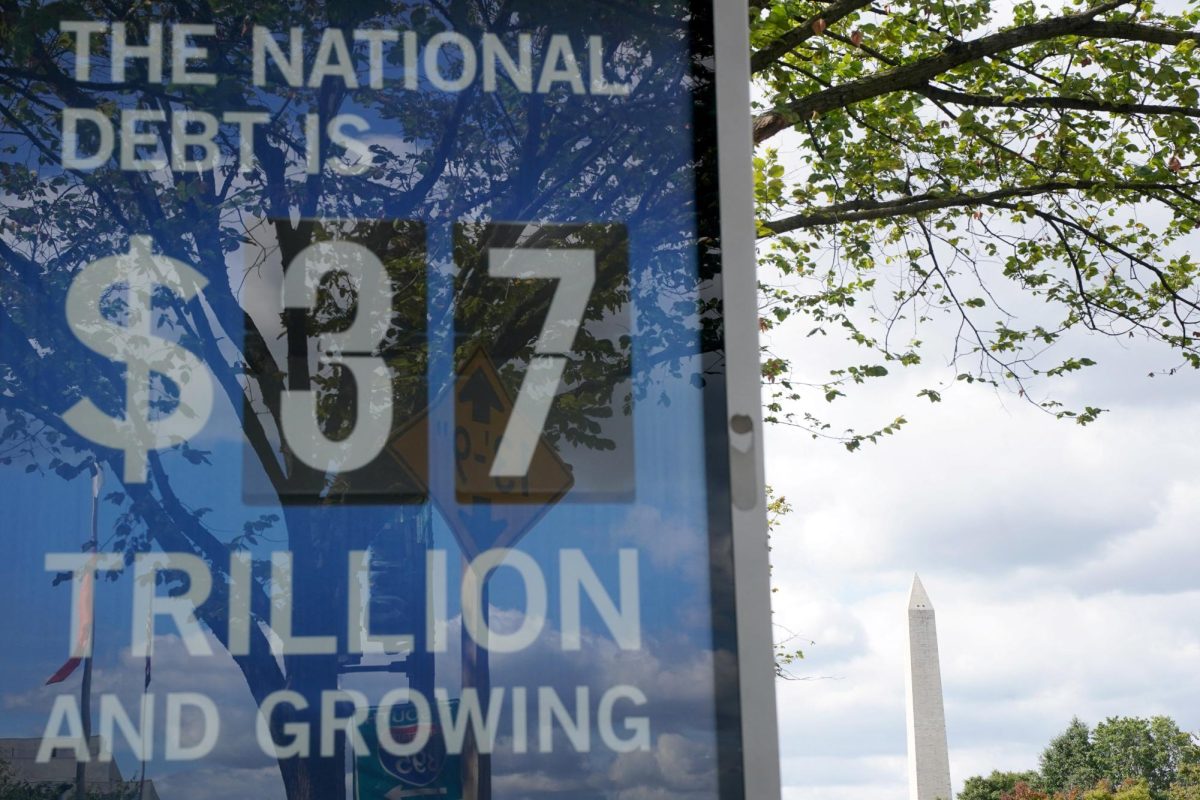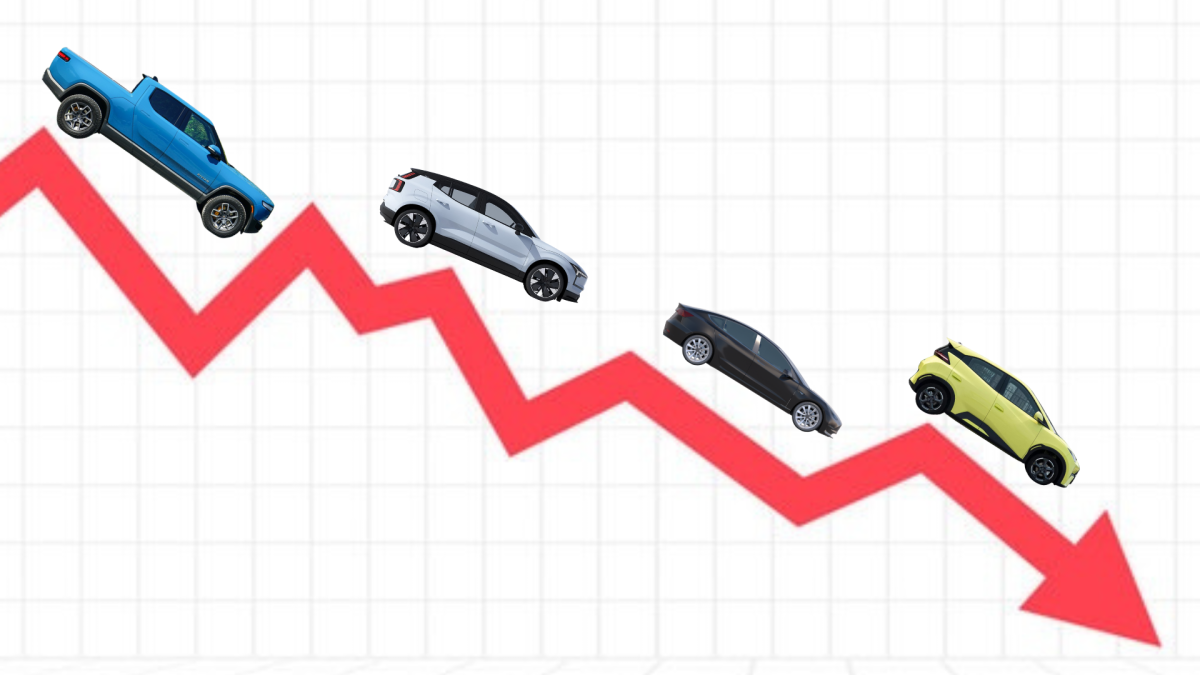20%, 10%, 5%, 1% left: less than a couple of decades ago it would’ve seemed otherworldly for a car to send messages like this. But now in every parking lot, driveway, and highway, there are fully electric cars speeding along and leaving ripples in the car market behind them. Up until now, it’s seemed like those ripples would be continuous– but what happens when a market has been saturated and its buyers find better alternatives?
What happens when it no longer seems “worth it” to buy a product that has some extra benefits but has much less ease of use? That ‘happening’ is a crash in sales and it’s what is currently looming over the fully electric car industry.
As many car salespeople would tell you, when Tesla’s Model S flagship sedan hit the market the electric car industry hit one of its first big booms. In 2013, the vehicle received an almost perfect 99 out of 100 score from Consumer Reports, the highest score ever given to a car, and later went on to sell 10,030 vehicles within its first sales quarter. A statistic that seems small when compared to large brands- but to a smaller brand like Tesla the figure was revolutionary. By March of this year, Tesla’s market capitalization was 571 billion.
Now, every major brand has their own spin on an electric car. From BMW i7s and Mercedes EQS to Hyundai Ioniq 5s and F150 Lightnings, the range of available all-electric models is never ending, but there is a distinct end in the number of buyers for said models.
Goldman Sachs research analyst Kota Yuzawa states that, “under our bear-case scenario, we see EV sales volume declining 2% year-over-year, and negative growth would likely result in oversupply across the EV supply chain.” In more basic terms, because of the massive peak in EV sales over the past couple years, there has been a depression in new EV sales and a sway towards used vehicles.
This depression is theorized to be a result of rising new EV prices, public uncertainty over how supported the industry will be after elections, and a major shortage in charging stations that can sustain the number of vehicles in circulation. These are issues that have been questioned since the industry’s initial boost but are only now fully realized.
CCHS student and all-electric BMW driver Evan Dodds comments that, “it was fun at first to spend time charging it, but it’s become such a regular thing now that it feels like such a waste of time sitting in my car waiting for it to charge for multiple hours.” His car, and any other non-Tesla EV is basically barred from the strong Tesla Supercharger network, which is what makes EV ownership so possible to many.
On average, it takes just under 8 hours to charge from 0-100% for normal EVs. This is a far cry from the 15 minutes it takes to gain 200 miles of range through a Tesla Supercharger. Some superchargers are available to other EVs through a “magic dock” but that tool does not compensate for the divide. This gap in the charging capabilities is what makes owning an electric car such a feat for many.
Enzo Bernardo, a proud Tesla owner shares his thoughts on the SuperCharger network: “I have no clue what I would do without it- now charging for over an hour seems insane to me.”
All of these issues are made less daunting by simply owning a “plug-in” hybrid vehicle rather than a fully electric one. Changing market dynamics follow this idea as well: in 2023 hybrid sales rose by 65% compared to all-electric sales rising by 46%. Additionally, that 46% increase in sales for all electric vehicles is much smaller than the increases in sales of prior years.
The difference in charging capabilities is the major issue holding back the industry. As Tesla continues to pioneer forward with ever increasing stock values and sales, it seems that other brands will be out of luck and left to adapt to troublesome infrastructure. The electric car market is by no means crashing for all, but it is without a doubt dwindling for some.























































Summer Grant • Oct 4, 2024 at 8:27 AM
Lucy, this is a very well-done article! I can tell you did a lot of research, and I’m glad you highlighted the perspectives and concerns of EV owners. I definitely learned a lot about the EV market reading your piece. Thank you for writing this!